I'm trying to make a simple but good sine wave generator that will produce 1Vpp @ 1kHz.
Sine waves are nature's oscillations. They're everywhere. So you'd think that it would be a piece of cake to make an electronic sine wave. Apparently not so. SE is riddled with questions on how to make them. There are currently 9 Similar Questions showing on the right hand side of this screen. Most of them seem to have problems.
Low pass filters, high pass filters, ring oscillators and Wien bridges with exotic filament bulbs from 1960. Digital to analogue converters and Arduinos. Most don't seem to work or can't be made to oscillate in a simulation package. Some produce triangles instead of sines. Some designs require knowledge of inductors.
Why is this so hard? Square, saw tooth and triangular waves seem to be easy, yet they don't readily exist in nature. Since they are so useful, I would have thought that I'd just buy a sine oscillator chip (like a NE555 sine variant) , add a resistor and capacitor and off I go with a 99.99% pure wave. Am I missing something, but it seems that simple electronics are not particularly compatible with sine wave generators?
